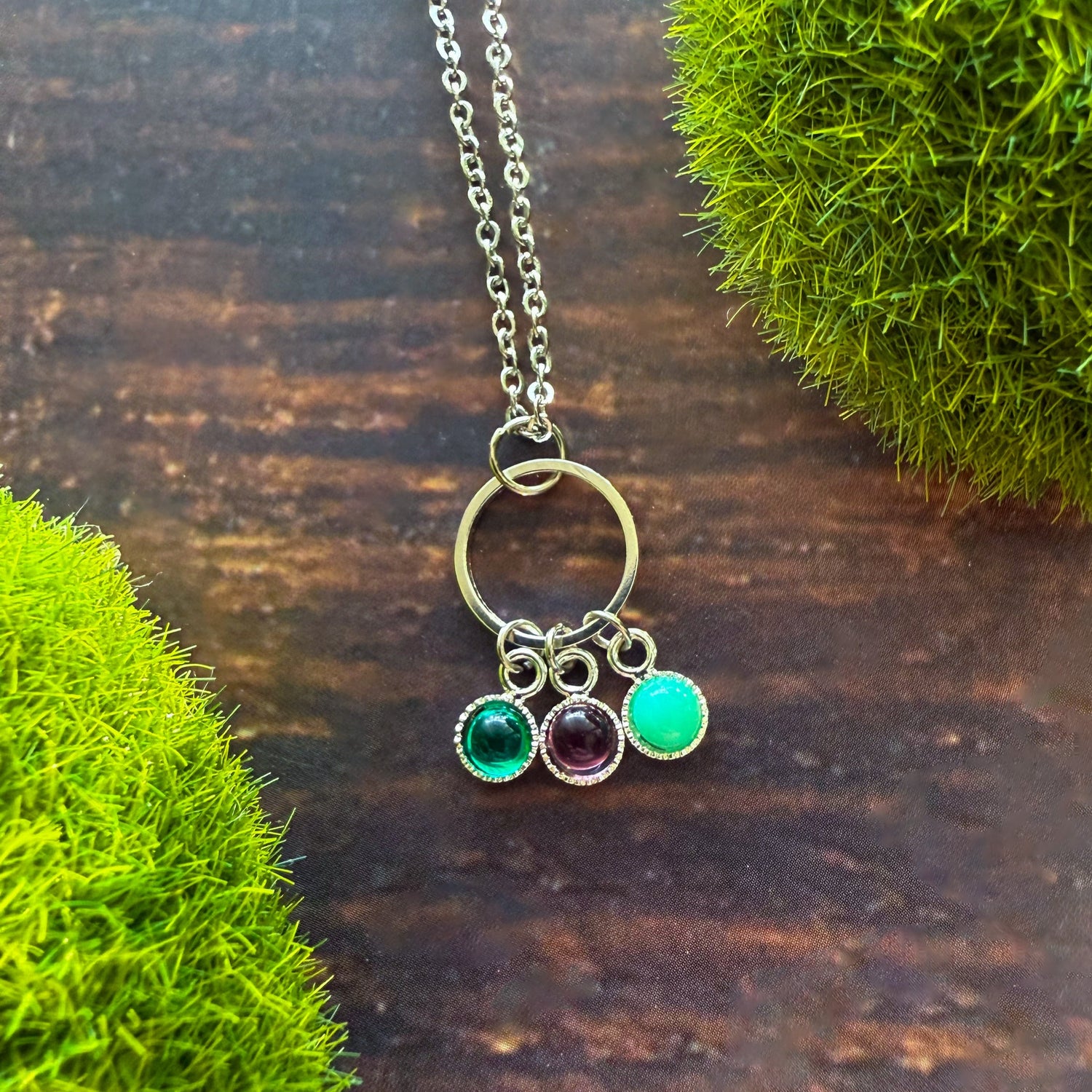
Happy National Astronaut Day!
Share
Today is National Astronaut Day, so sit back and enjoy this piece about Alan Shepard!
Alan Shepard is heralded as the first American in space, which is awesome, but he was actually only 23 days shy of being the first human to float around up there. That honor goes to the Soviet cosmonaut Yuri Alekseyevich Gagarin, who orbited Earth for 108 minutes during his flight.
On this day in 1961, Shepard blasted off in the Freedom 7 spacecraft from Cape Canaveral, Florida. Ten years later during the Apollo 14 mission, he would head off into the heavens again to become the fifth man to walk on the moon – and the first to play lunar golf on it! But let’s back up a smidge.

(Alan Shepard plays golf on the moon, photo credit NASA)
After completing high school, Shepard enrolled in the U.S. Naval Academy and served on the destroyer Cogswell in the Pacific during World War II. After the war in 1950, he trained to become a pilot by attending the U.S. Navy Test Pilot School in Maryland (hey, that's where we are!) As a test pilot, he flew several experimental planes, and served as an instructor at the school for a time. He later attended the Naval War College in Rhode Island to further sharpen his avian abilities.
In 1959, Shepard earned one of seven coveted spots in the newly established National Aeronautics and Space Administration’s (NASA) program for space exploration. Over one hundred test pilots volunteered for this program, so this was a commendable accolade indeed.
This group of elite astronauts became known as the Mercury 7, and included John Glenn (yes, the same John Glenn who was mentioned in our recent Space Day post), Virgil “Gus” Grissom, Donald “Deke” Slayton, Malcom “Scott” Carpenter, Walter “Wally” Schirra and Gordon Cooper. Out of these gentlemen, Shepard was selected to pilot the first flight into space, with Glenn acting as the backup.

(front row, left to right) Walter M. "Wally" Schirra Jr., Donald K. "Deke" Slayton, John H. Glenn Jr., M. Scott Carpenter, (back row) Alan B. Shepard Jr., Virgil I. "Gus" Grissom and L. Gordon Cooper, Jr.
When the big day came, Shepard’s launch was delayed by roughly three hours due to technical issues. Since the flight was only supposed to be a quickie, NASA engineers had not made accommodations for bathroom breaks in the rocket. After some back and forth communication, Shepard was finally given permission to literally pee in his spacesuit – which he did. The urine was absorbed by his long cotton underwear and quickly evaporated in the 100-percent pure oxygen atmosphere of the cabin. Needless to say, adjustments were made to spacesuits after this incident.
Shepard finally made his 15-minute suborbital flight that reached an altitude of 116 miles (186 kilometers) and a velocity of 5,134 miles (8,262 kilometers) per hour. He came down in the Atlantic Ocean near the Bahamas, where he was picked up by the aircraft carrier Lake Champlain. After his historical trip up yonder, he was invited to the White House to receive the NASA Distinguished Service Medal from President John F. Kennedy – who was inspired to make the public statement to Congress about his goal of putting a man on the moon by the end of the decade.

Unfortunately, Shepard suffered from an ear problem called Ménière’s disease that kept him grounded for nearly a decade after his famous first mission. During this time, he took a desk job with NASA as the head of the astronaut office. It’s reported that he spent some time investing in banks and real estate during this space hiatus, and soon became very wealthy (we’re talking millionaire status) from his wise financial choices. The man clearly had brains in that handsome head.
Following corrective surgery and a few more setbacks, Shepard was finally given the opportunity to be a part of the Apollo 14 mission to the moon with Ed Mitchell. They were shot into space on January 31, 1971, and spent more than 33 hours on the moon.
This is where the lunar golf reference comes in. At 47 years old, Shepard was the oldest astronaut in space; so he wanted to have some fun and crank up the memorability factor for the mission. He packed a specially designed golf club to use, and hit two balls during his moonwalk. Shepard estimated that the second one soared 200 yards – primarily credited to the moon’s much lower gravity.
“It was a little bit of flair and maybe a sign of exuberance, punctuating his comeback and his successful flight, and he set things up so that he would only hit the golf balls at the end of the flight if everything went well,” said Neal Thompson, author of the biography on Shepard titled Light This Candle: The Life and Times of Alan Shepard.

Shepard retired from NASA in 1974 and became a chairman in Marathon Construction Corporation. He also founded his own company, Seven Fourteen Enterprises, and later became the president of a Coors beer distribution company in Houston. In the 1980’s, he and the other surviving original astronauts created the Mercury 7 Foundation, which offered scholarships for science and engineering students.
In 1998, Shepard passed away in California after a long battle with leukemia. Fellow astronaut John Glenn had this to say about his comrade: “He was a patriot, he was a leader, he was a competitor, a fierce competitor. He was a hero. Most importantly to us, he was a close friend.” Today we give thanks to all the men and women who have dedicated their lives to the pursuit of space travel, but especially to the ones who do the actual traveling.


